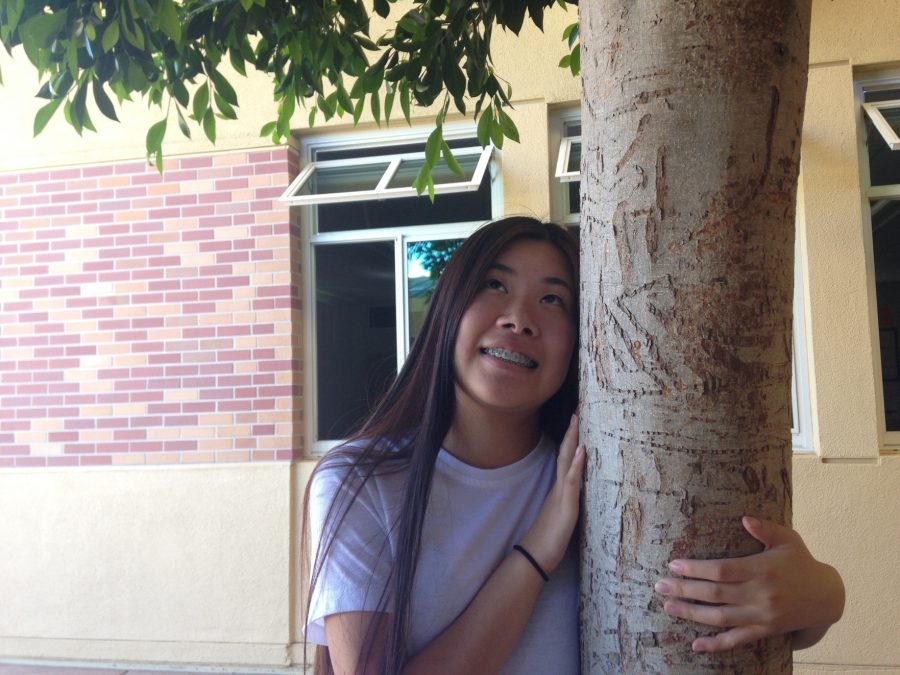The term “tree hugger” tends to hold a negative connotation today.
Tree huggers are usually seen as bohemian-obsessed hippies who yell if someone uses more than one piece of paper and faint if you don’t recycle a tissue box.
However, the truth is that no matter what the stereotype is, we should all be tree huggers. Trees have a huge influence on our lives. They are a lot more than just pretty decorations for parks and sidewalks.
Perhaps the most important thing about trees is that they are the biggest oxygen-producing plants on Earth. According to an article written by the US Embassy, one mature tree is capable of producing enough oxygen for 18 people. Trees, along with other terrestrial plants, are responsible for around 20 percent of Earth’s oxygen alone.
Trees have another great function: they clean the air around us and help balance out the damage that humans cause. They inhale the carbon dioxide in the atmosphere and release oxygen, making them vital players in the cycle of carbon dioxide and oxygen. While humans are producing carbon dioxide by burning fossil fuels such as coal and oil in massive amounts, trees are slowly undoing that damage.
Still, those are just the best-known attributes of trees: the type that appear on every “I Love Trees” pamphlet and commercial.
Trees have many other benefits for humanity that are not often brought up.
Some trees have amazing medicinal purposes.
For example, the bark of the tree Prunus Africana is used to cure malaria, fever, kidney disease, urinary tract infections and prostate cancer — truly an amazing range of diseases. Its bark is worth $200 million on international markets annually. However, the trees are declining in numbers due to the harmful methods used to extract their bark.
Trees also serve a big role in preventing landslides and the erosion of soil. According to an article on The Encyclopedia of New Zealand, trees prevent soil erosion by keeping the soil from overwatering because they compacting the soil and bind it together with their roots.
All of this is just what benefits us as humans, not the rest of the planet. Trees are essential to the survival of diverse life forms and the preservation of their environments. If it wasn’t for the trees we wouldn’t have forests, and if it wasn’t for the forests we wouldn’t have the thousands of animals we grew up drawing and learning about.
With 15.3 billion trees cut down each year, the drastic increase in carbon dioxide levels in the atmosphere, and the steady rise of the global temperature, it’s clear that we should be protecting our trees more than ever. With less trees we will get less oxygen, less clean air, and less medicine. Our soil will also become more unstable and give way to more floods and landslides.
Considering how important trees are, we should all be calling ourselves “tree huggers.”
Even if that means being considered a hippie.








